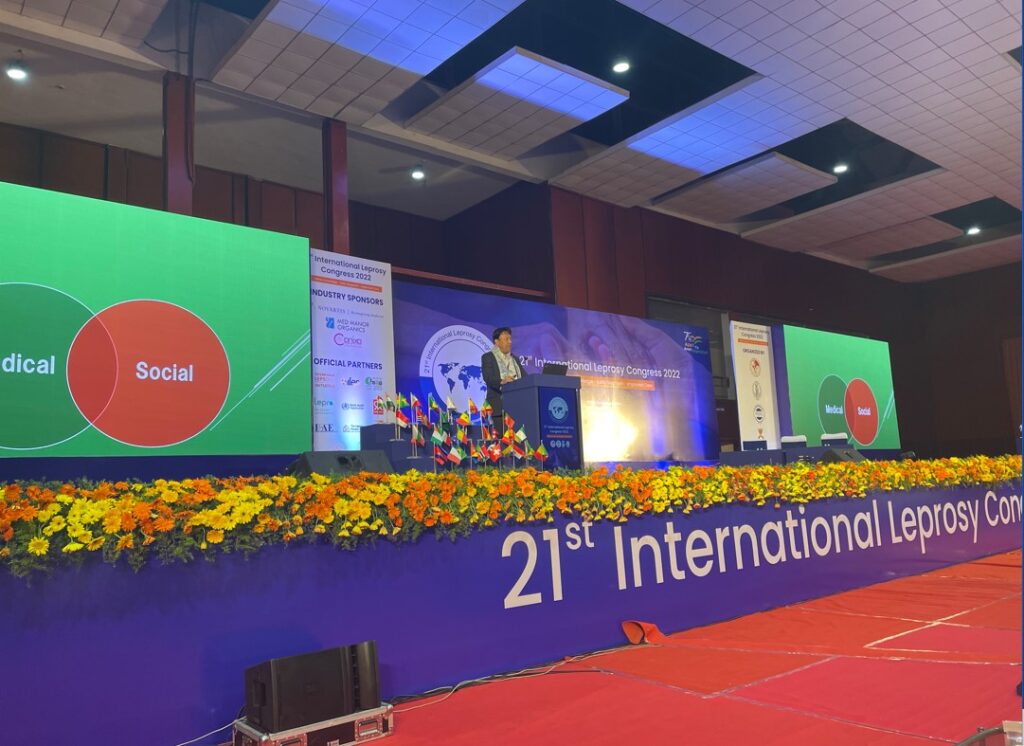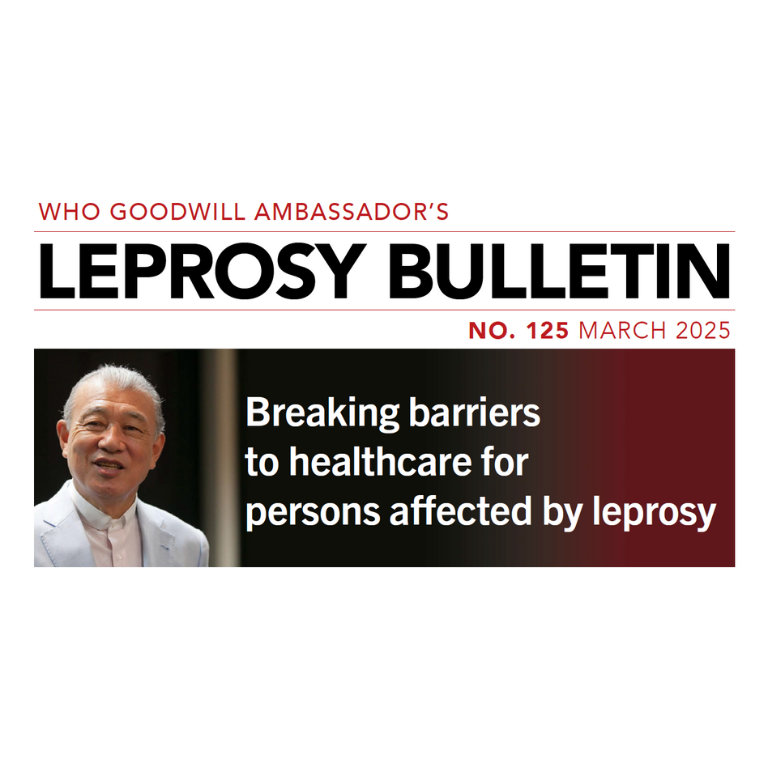In a plenary session sponsored by Sasakawa Health Foundation (SHF) on the second day of the 21st International Leprosy Congress (ILC), SHF’s executive director, Takahiro Nanri, called for making history preservation the “third pillar” of strategies for fighting leprosy.
Since its establishment in 1974, SHF has been evolving its approach to leprosy in relation to progress made against the disease. In addition to “tackling disease” and “eliminating discrimination,” the organization took on “history preservation” in the 1990s based on growing awareness that records, testimonies, artifacts, and spaces were being lost to the world as leprosy ceased to be a major public health problem.
SHF developed its approach to history preservation along three lines: 1) building the foundations of history preservation at selected locations; 2) creating a network of those involved; and 3) establishing an information platform. The organization has supported the collection and preservation of relevant documents and records, the recording of testimonies of persons affected by leprosy, and other conservation efforts in the Philippines, Malaysia, Spain, Portugal, and other locations. SHF hosted five international workshops and symposiums over the past decade on leprosy/Hansen’s disease as heritage of humanity in order to build a network of persons affected by leprosy, non-governmental organizations, researchers, academics, and government officials committed to history preservation. SHF has also developed a portal site and database on the history of leprosy in cooperation with the International Leprosy Association.
UN General Assembly resolution 65/215 on elimination of discrimination against persons affected by leprosy and their family members, together with accompanying principles and guidelines, provides a roadmap for addressing discrimination, but other initiatives are needed to sensitize society and create awareness. To achieve the goal of zero leprosy, it is necessary to break not only transmission of the disease, but also barriers of discrimination that prevent people coming forward for treatment and stop them from living as full-fledged members of the community.
Nanri finished his presentation with the assertion that working on history preservation will contribute to progress against leprosy both medically and socially, by enhancing the quality of leprosy services and promoting respect for the dignity of persons affected, and should be made the third pillar of the fight against the disease. Furthermore, in alignment with the core principle of the Sustainable Development Goals, it can also provide pointers on how to realize a society where no one is left behind.









.png)
